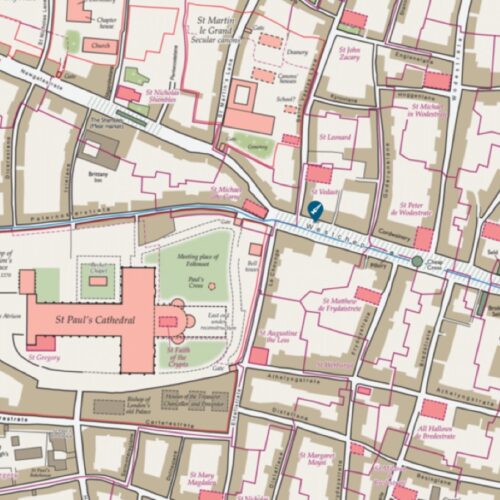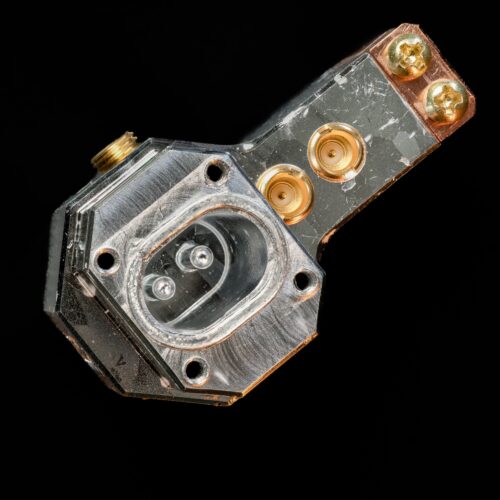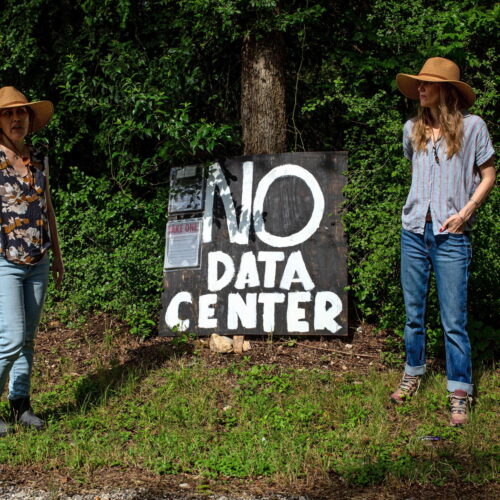Cambridge mapping project solves a medieval murder
In 2019, we told you about a new interactive digital "murder map" of London compiled by University of Cambridge criminologist Manuel Eisner. Drawing on data catalogued in the city coroners' rolls, the map showed the approximate location of 142 homicide cases in late medieval London. The Medieval Murder Maps project has since expanded to include maps of York and Oxford homicides, as well as podcast episodes focusing on individual cases.
It's easy to lose oneself down the rabbit hole of medieval murder for hours, filtering the killings by year, choice of weapon, and location. Think of it as a kind of 14th-century version of Clue: It was the noblewoman's hired assassins armed with daggers in the streets of Cheapside near St. Paul's Cathedral. And that's just the juiciest of the various cases described in a new paper published in the journal Criminal Law Forum.
The noblewoman was Ela Fitzpayne, wife of a knight named Sir Robert Fitzpayne, lord of Stogursey. The victim was a priest and her erstwhile lover, John Forde, who was stabbed to death in the streets of Cheapside on May 3, 1337. “We are looking at a murder commissioned by a leading figure of the English aristocracy," said University of Cambridge criminologist Manuel Eisner, who heads the Medieval Murder Maps project. "It is planned and cold-blooded, with a family member and close associates carrying it out, all of which suggests a revenge motive."


© Medieval Murder Maps. University of Cambridge: Institute of Criminology



















